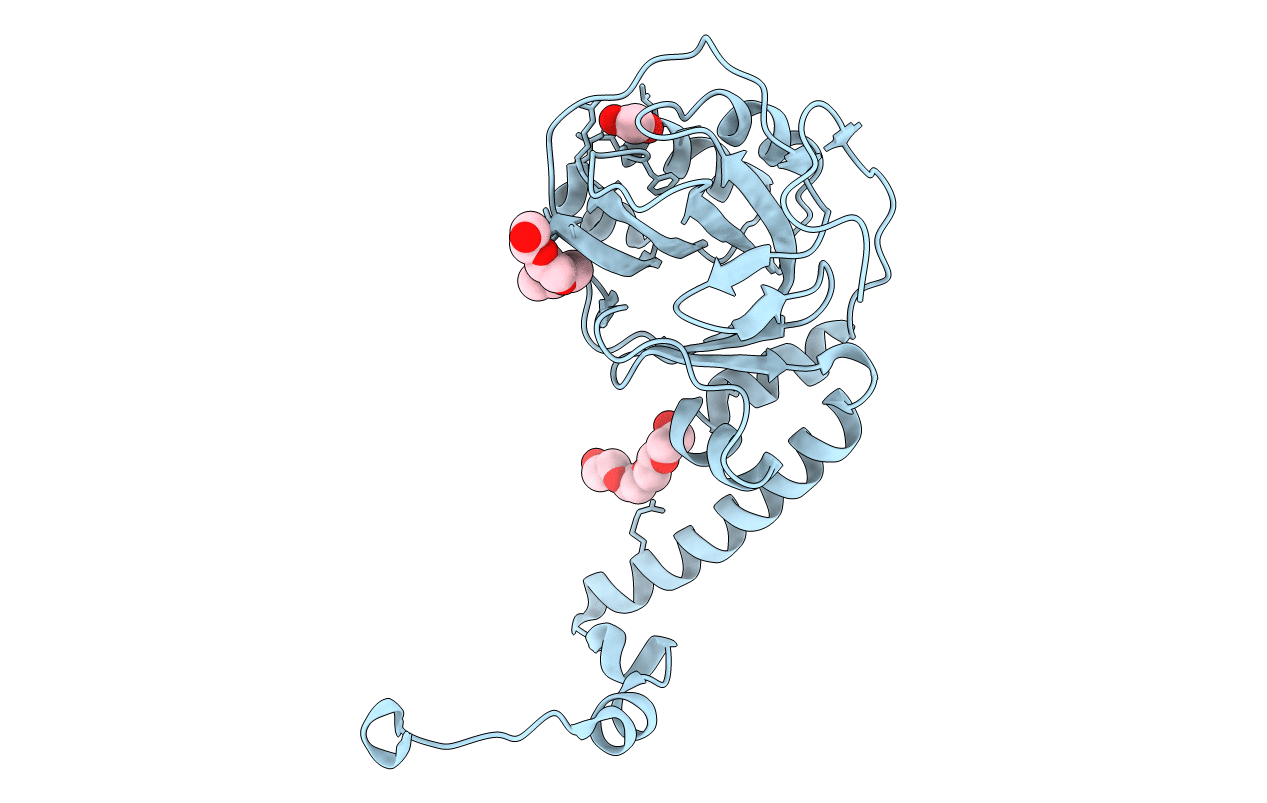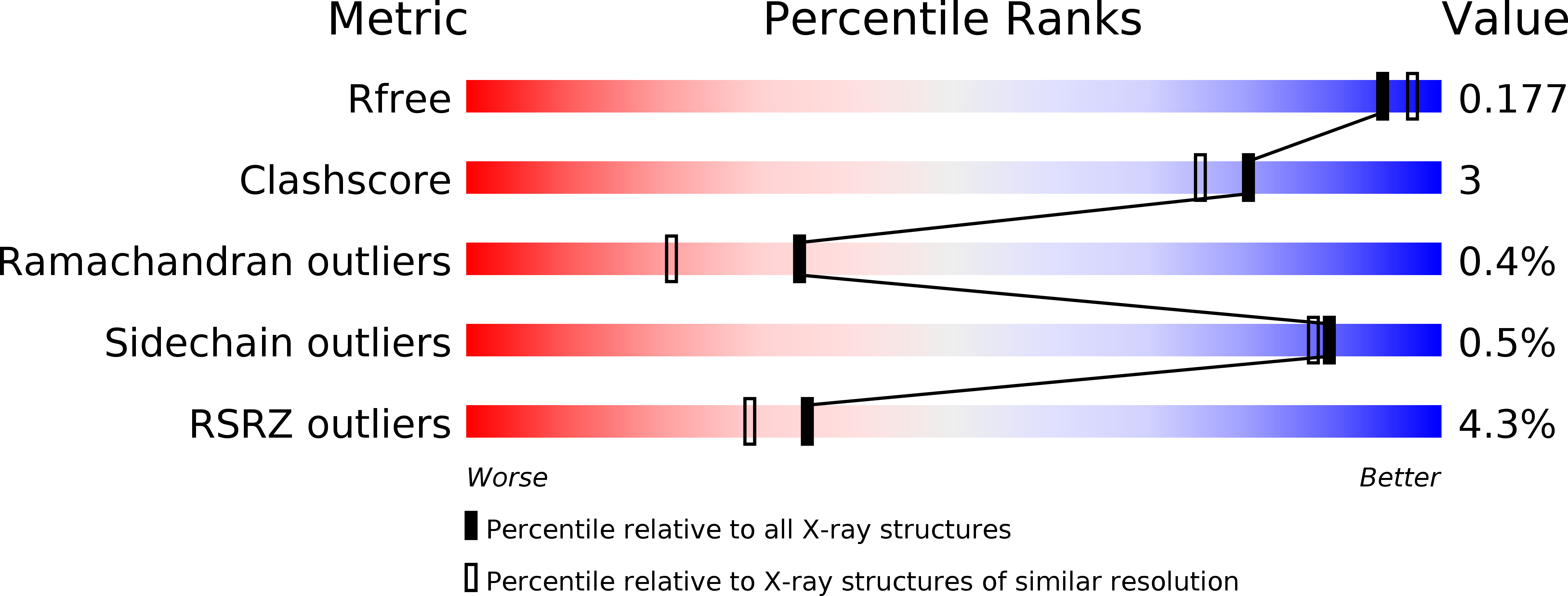
Deposition Date
2010-06-25
Release Date
2010-09-15
Last Version Date
2023-11-15
Entry Detail
PDB ID:
3NOJ
Keywords:
Title:
The structure of HMG/CHA aldolase from the protocatechuate degradation pathway of Pseudomonas putida
Biological Source:
Source Organism:
Pseudomonas putida (Taxon ID: 351746)
Host Organism:
Method Details:
Experimental Method:
Resolution:
1.82 Å
R-Value Free:
0.17
R-Value Work:
0.15
R-Value Observed:
0.15
Space Group:
H 3 2


